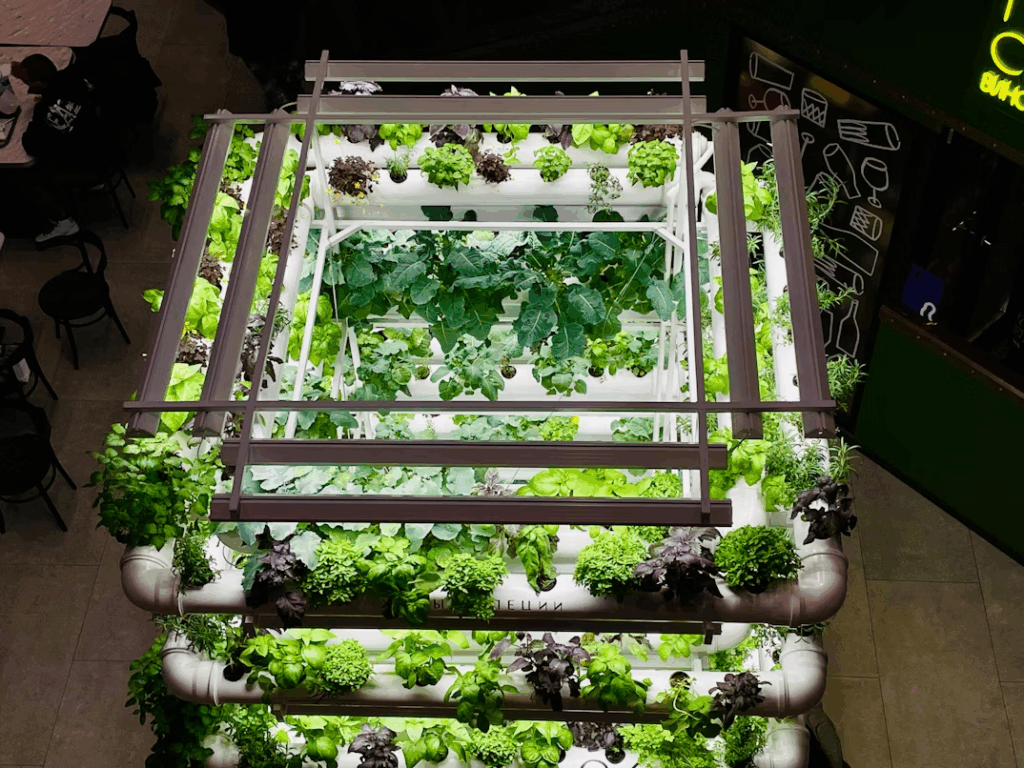It’s the ultimate question of space exploration: could a person really live on Mars, and if so, for how long? The Red Planet has captured human imagination for centuries, but in reality, it’s one of the harshest environments imaginable.
Between deadly radiation, freezing temperatures, and an atmosphere too thin to breathe, survival on Mars would be a minute-by-minute battle against the elements.
Still, the prospect isn’t impossible. With advancing technology, scientists have begun mapping out what survival would look like —from the first few minutes on the surface to the long-term challenges of colonization.
The Immediate Threats: Oxygen, Pressure, and Temperature
The first seconds on Mars would be lethal without a spacesuit. The planet’s atmosphere is 95% carbon dioxide and less than 1% oxygen—far too thin to support life. Step outside unprotected, and you’d lose consciousness in about 15 seconds due to lack of oxygen. Within two minutes, death would follow as your blood began to boil from the low pressure.
Even with a suit, temperature presents another obstacle. Mars averages around –80°F (–62°C), and can drop as low as –195°F at night near the poles. Without heating systems, frostbite and hypothermia would set in quickly. NASA’s suits are designed to handle this, but they require power—so if systems fail, survival time would be measured in hours.
Dust is another danger. Mars’ fine red dust can infiltrate joints, seals, and even human lungs. Prolonged exposure could cause respiratory and mechanical damage, making every step of life on Mars a delicate balance between technology and the elements.
Check out The Strangest Things Ever Found in Outer Space for more cosmic oddities.
Days to Weeks: Radiation and Resource Challenges
Let’s say you’ve landed safely in a protected habitat. The next problem is radiation. Mars lacks a magnetic field, meaning cosmic rays and solar radiation constantly bombard the surface. Long-term exposure can damage DNA, increase cancer risk, and weaken the immune system.
A human living on Mars for more than a few weeks would need shelter with heavy shielding, likely underground or covered in Martian soil. Current estimates suggest astronauts could safely stay for about 500 days with proper shielding before radiation levels become dangerously high. Without it, lethal doses could accumulate in just a few months.
Then comes the issue of sustenance. Mars has frozen water, but extracting and purifying it would be energy-intensive. Food would need to be grown hydroponically in sealed environments, using recycled air and waste. A single broken link in that system, say, a power failure or contamination, could end a mission in a matter of days.
See What We Know About Lost Civilizations Under the Sea to explore how hostile environments shape survival stories.
Long-Term Survival: The Human Factor
Even if the technical hurdles were solved, Mars poses a psychological test unlike any other. Isolation, limited communication with Earth (signals take up to 22 minutes one way), and constant risk can wear down even the most resilient astronauts.
NASA’s simulations in desert and polar regions show that small teams in confined habitats often face mood instability, sleep issues, and interpersonal tension after just a few months. Maintaining mental health might prove as vital as maintaining oxygen levels.
For a colony to survive years—or generations—on Mars, humans would need to evolve their living conditions into a closed-loop ecosystem. That means complete recycling of water, air, and nutrients, reliable local food production, and radiation-proof habitats. In other words, we’d have to build a miniature Earth on Mars before calling it home.
Still, scientists remain hopeful. Each Mars rover brings new data, and private ventures like SpaceX continue to plan for eventual human landings. If technology and psychology can keep pace, humans might one day survive indefinitely on the Red Planet, just not yet.
Read Why We Keep Watching Disaster Movies for insight into why high-risk scenarios captivate us.




